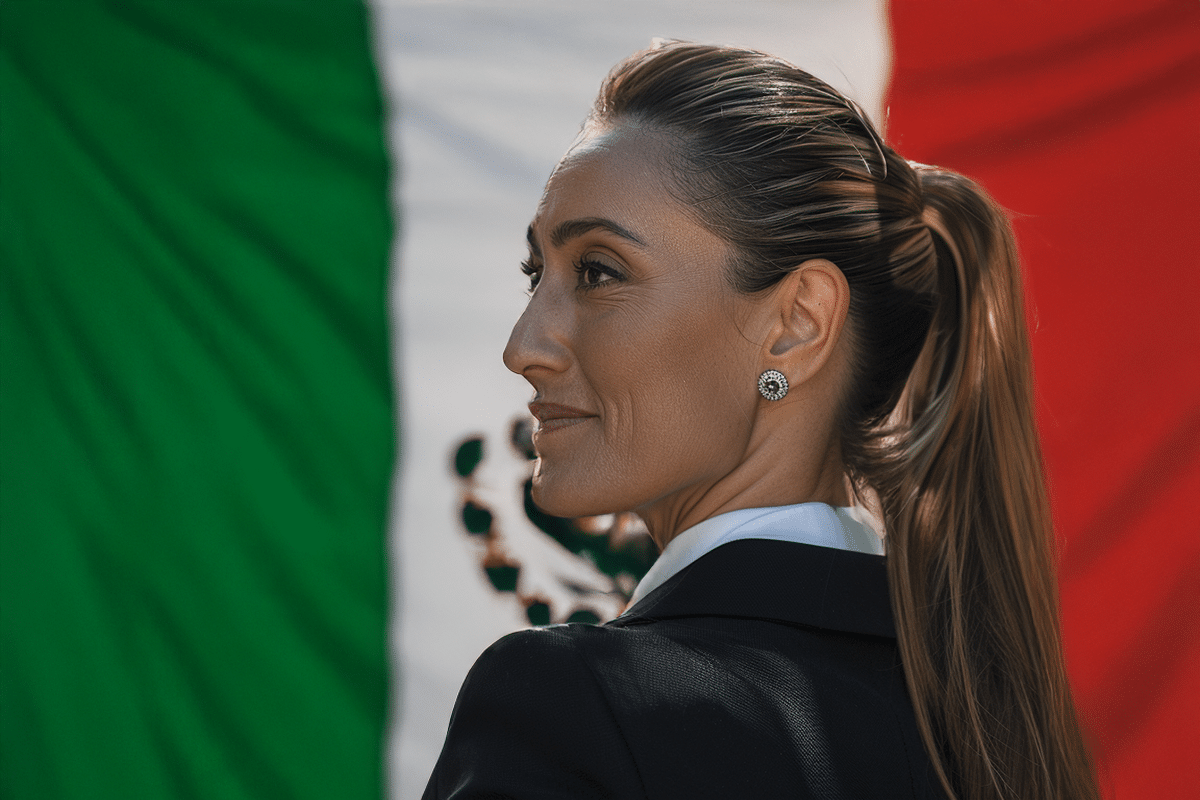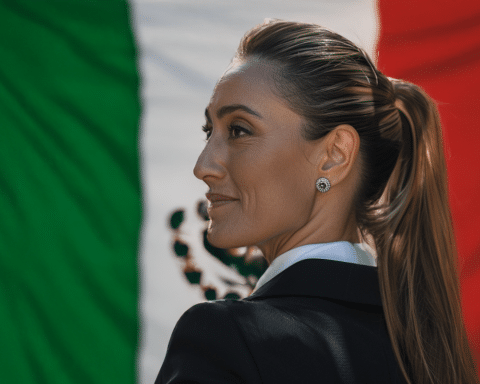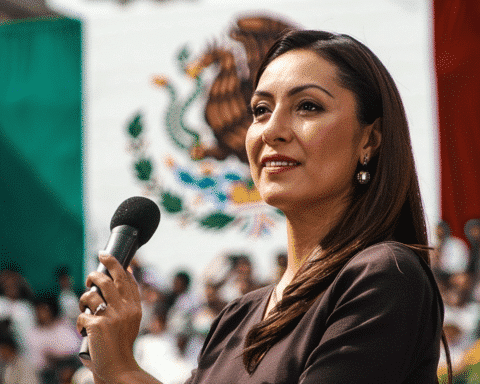Mexico’s newly inaugurated president, Claudia Sheinbaum, has begun her administration with a familiar routine: morning news briefings from the National Palace. Her approach, however, marks a departure from the style of her predecessor and political mentor, Andrés Manuel López Obrador. While maintaining certain elements of López Obrador’s approach, Sheinbaum has introduced her own method, reflecting her background as a scientist and academic.
Sheinbaum’s briefings are notably shorter and more focused than the “mañaneras” that López Obrador became known for during his presidency. Where his sessions were lengthy, filled with colloquial dialogue and confrontations with the press, Sheinbaum’s style is more concise and less combative. While López Obrador’s briefings often stretched for over two hours, featuring long history lessons and verbal sparring, Sheinbaum’s meetings with the press last around half an hour, with punctual responses and direct engagement with the media.
Despite this shift, Sheinbaum has decided to keep some aspects of López Obrador’s approach, including a weekly segment aimed at addressing and countering what her administration views as media “lies.” This continuity underscores her broader promise to maintain many of López Obrador’s policies, including his populist stance and efforts to challenge media narratives critical of the government.
Sheinbaum has also signaled her intent to continue several of her predecessor’s diplomatic stances. Notably, she has maintained the ongoing dispute with Spain, which centers on the refusal of the Spanish government to apologize for the abuses committed during the conquest of Mexico in the 1500s. Many observers had speculated that Sheinbaum might attempt to resolve this tension, but her decision to uphold López Obrador’s position suggests that she remains committed to the political foundation laid by her mentor.
One of the other significant carryovers from López Obrador’s presidency is the downplaying of drug cartel violence, particularly in the northern state of Sinaloa. In a continuation of López Obrador’s stance, Sheinbaum has downplayed the severity of violence in the region, pointing out that Sinaloa was not among the states with the highest murder rates in recent weeks. This mirrors the previous administration’s strategy of reframing issues of violence and criminality as less central to the national agenda.
Although Sheinbaum’s style is more academic, with a scientific approach to communication, her decision to hold daily briefings demonstrates her intent to follow in López Obrador’s footsteps in shaping the press’s agenda. By continuing the morning press conferences, she aims to exert control over the media narrative, much like her predecessor did, in an attempt to build public trust and maintain transparency.
In her first official press conference as president, Sheinbaum marked the 56th anniversary of the 1968 massacre of student protesters in Mexico City’s Tlatelolco square. During the briefing, she issued a governmental apology for the incident, which saw the Mexican army kill as many as 300 student protesters. This was not only a symbolic gesture of remembrance but also a personal one for Sheinbaum, whose mother was involved in the pro-democracy movement of the time and was expelled from university as a result. The president’s connection to this period reflects her longstanding commitment to social justice and human rights, values that have shaped her political identity.
While López Obrador became known for his informal tone and use of folksy language, Sheinbaum’s communication style is distinct. Observers have noted that she presents herself more like a university professor, using clear, fact-based language to convey seriousness and authority. This difference in style may influence how Sheinbaum is perceived by the public and whether she will be able to generate the same level of empathy and connection that López Obrador enjoyed.
López Obrador left office with an approval rating above 60%, making him one of the most popular Mexican presidents in recent history. For Sheinbaum, the challenge will be to balance the expectations of continuity with her own more subdued and scientific style of governance. Her ability to capture the public’s attention and win their empathy, as López Obrador did, may depend on how she adapts to the spotlight in the coming months.
As Sheinbaum begins her tenure, much attention will be focused on whether her daily briefings, along with her more restrained communication approach, will allow her to establish the same level of control over Mexico’s media landscape and public discourse.




